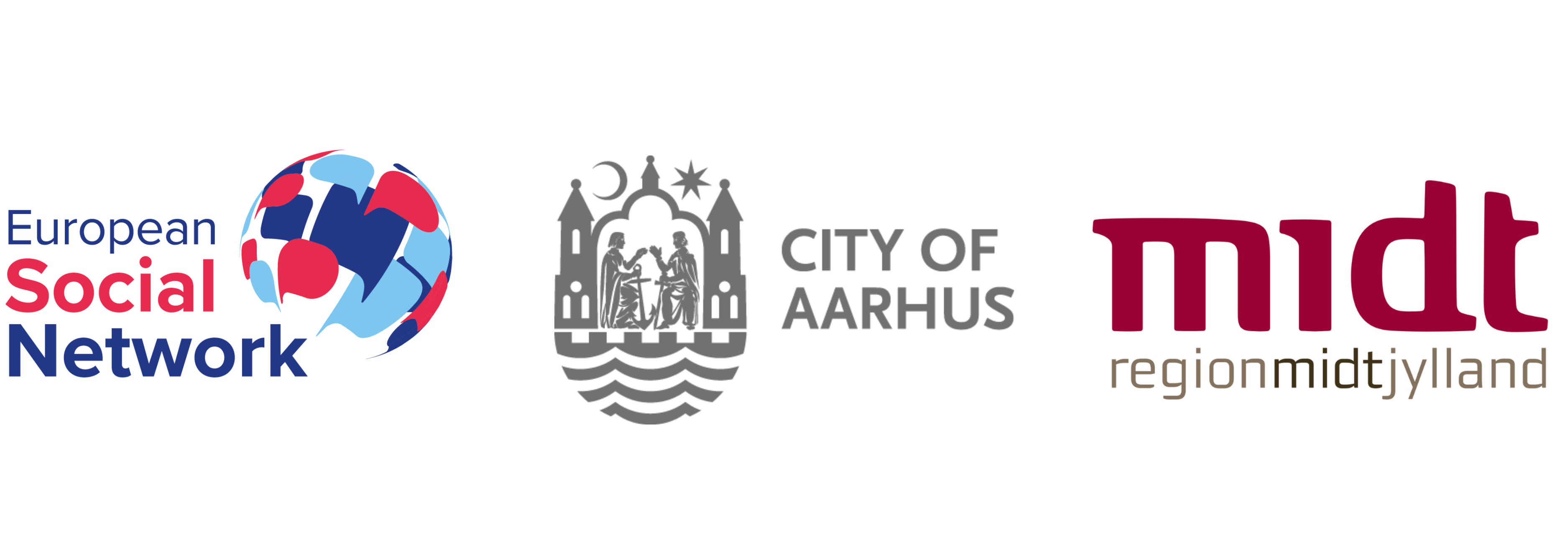The pressures on social services agencies continue to intensify. The pandemic, of course, created a surge in demand for support from citizens who suddenly found themselves in unexpectedly challenging circumstances. Now, with inflation and supply chain shocks from the war in Ukraine, the pressure on social services is intensifying even more. To respond effectively today and into the future, agencies need to adapt and optimize in lockstep with these changing needs.
A consensus for change
Accenture research shows that citizens and social services leaders alike agree on the need for change. More than 70% expect social services will look very different in the years ahead. But it’s one thing to acknowledge the need for change, and another to put it into practice. So what should agencies focus on in order to meet society’s fast-evolving needs and expectations? They need to become more responsive, more accessible and embrace the potential of technology and people. All three of these should set the direction for reimagining the future.
Become more responsive
Being able to react quickly to events and crises is vital to meet citizens needs. But responsiveness has to go beyond a one-off reaction. Instead, agencies should find ways to anticipate citizens needs and build services around them. Nations like Singapore are setting the pace here. There, for example, a government app enables new parents to register a birth, find schools and access health records. The ultimate aim is to provide a single app for all government interactions. But most agencies still have much progress to make. Only 11% of social services leaders said they had introduced new services on a large scale during the pandemic.
Become more accessible
Understanding what services are available and how to access them remains a challenge for many citizens. Nine out of ten (89%) say they can’t find the guidance they need, and 37% say that long waiting times are a barrier to great service. These challenges erode trust in government services, which actually declined during the pandemic. Greater transparency and accessibility can restore it, with digital channels playing a major role here. Not only do they create new ways for citizens to access services, but they also improve communication.
Embrace new technology with human ingenuity
Technology has a central role to play in achieving greater accessibility and responsiveness. But new tools alone aren’t going to make the difference in how well agencies can help improve citizens lives. It’s the combination of people and tech that really matters. And that requires a new mindset that is alive to new ideas and opportunities and willing to pivot sharply to address them. But only 20% of social services executives strongly agree that their agencies can do this. That needs to change through the cultivation of an organisational mindset that supports new ideas and the adoption of technologies to bring them to life.
Delivering social services more effectively, to target help and support where and when they’re most needed, is only going to become more important. Agencies have learned a lot from the new ways of working the pandemic created. They should now seize that momentum and harness the best of people and technology to reimagine and deliver a brighter future for citizens and agencies.

